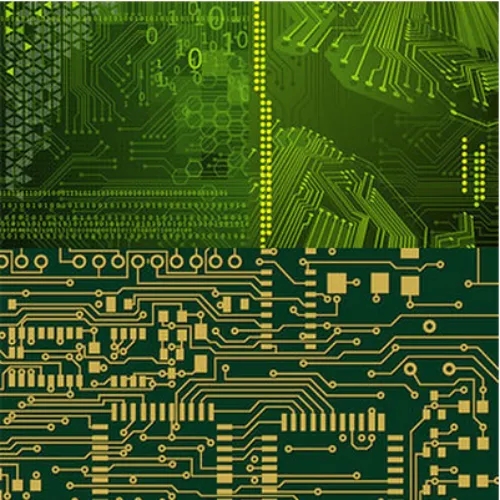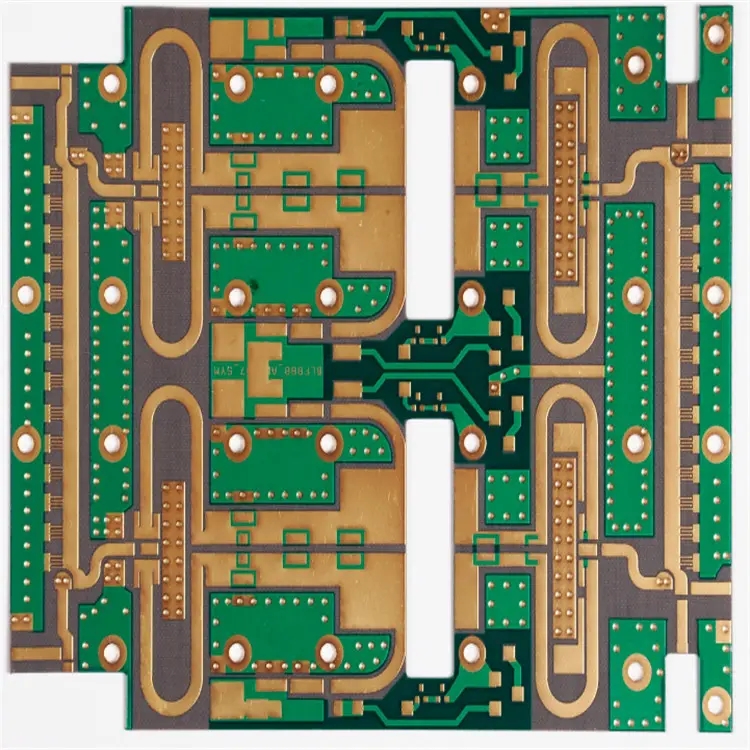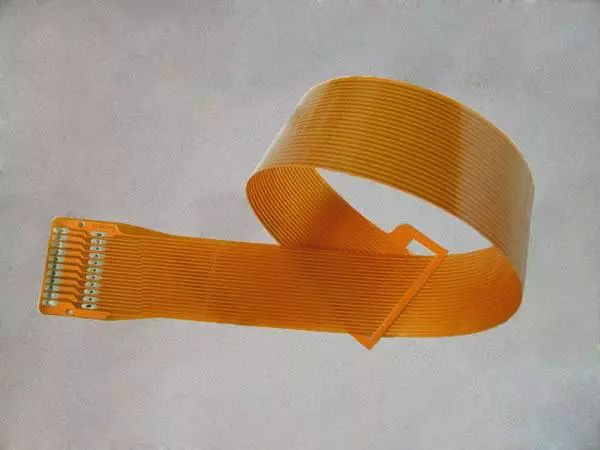
The ideal operation method and inspection method of PCB solder paste printing
The solder paste printing operation of the circuit board is supplemented to the steel plate by manually taking out the solder paste from the jar. The amount of solder paste added depends on the type of solder paste used and the unit amount. The printing mode of the circuit board can be contact or non-contact. The maximum non-contact printing gap (Snap of) should not be greater than 10 times the thICkness of the steel plate. Generally, the range of printing clearance is 0.75-1.25mm. The non-contact operation can reduce the stain caused by the poor alignment system, and it can be opened by a hatchback mechanism. The precision of contact printing is high. In this mode, the release mode should be designed as a vertical motion mechanism. Theoretically slow

The solder paste printing operation of the circuit board is supplemented to the steel plate by manually taking out the solder paste from the jar. The amount of solder paste added depends on the type of solder paste used and the unit amount. The printing mode of the circuit board can be contact or non-contact. The maximum non-contact printing gap (Snap of) should not be greater than 10 times the thickness of the steel plate. Generally, the range of printing clearance is 0.75-1.25mm. The non-contact operation can reduce the stain caused by the poor alignment system, and it can be opened by a hatchback mechanism. The precision of contact printing is high. In this mode, the release mode should be designed as a vertical motion mechanism. Theoretically, the slow release speed can produce good printing quality, and 6cm/min is an ideal operation speed.
The travel speed of common scrapers is mostly 1-6m/min. Theoretically, for SMAll openings, the printing speed should be reduced. 4.5 m/min is generally used for 50 mil openings, and 1-1.5 m/min is generally used for 20 mil openings. However, if the printing speed is too slow, the solder paste may not flow into the opening evenly due to its inability to roll. When the scraper speed is too fast, the solder paste will slip through the opening and cause skip, which may result in insufficient and shadow effects.
Of course, these parameters will change with the design of the printing machine. Due to the demand of mass production, the circuit board industry currently adopts a faster scraping speed, and the design of the closed scraper claims to have a better performance in this respect, which is worth trying. After the PCB solder paste is printed, the coating amount will be sampLED or comprehensively inspected. The traditional inspection method is manual online inspection, which is easy to cause the problem of missing inspection for more sophisticated products. At present, circuit board manufacturers have adopted a large number of automatic optical inspection machines, using non-contact laser detectors to scan the circuit board to detect the supply of solder paste, typical equipment types and inspection electronic charts.
At present, this kind of equipment can be connected for automatic operation, and it is also very convenient to update the program. The difference between models is mainly in the identification rate and speed.
PCB manufacturers and PCB designers will explain the ideal operation method and inspection of PCB solder paste printing.









